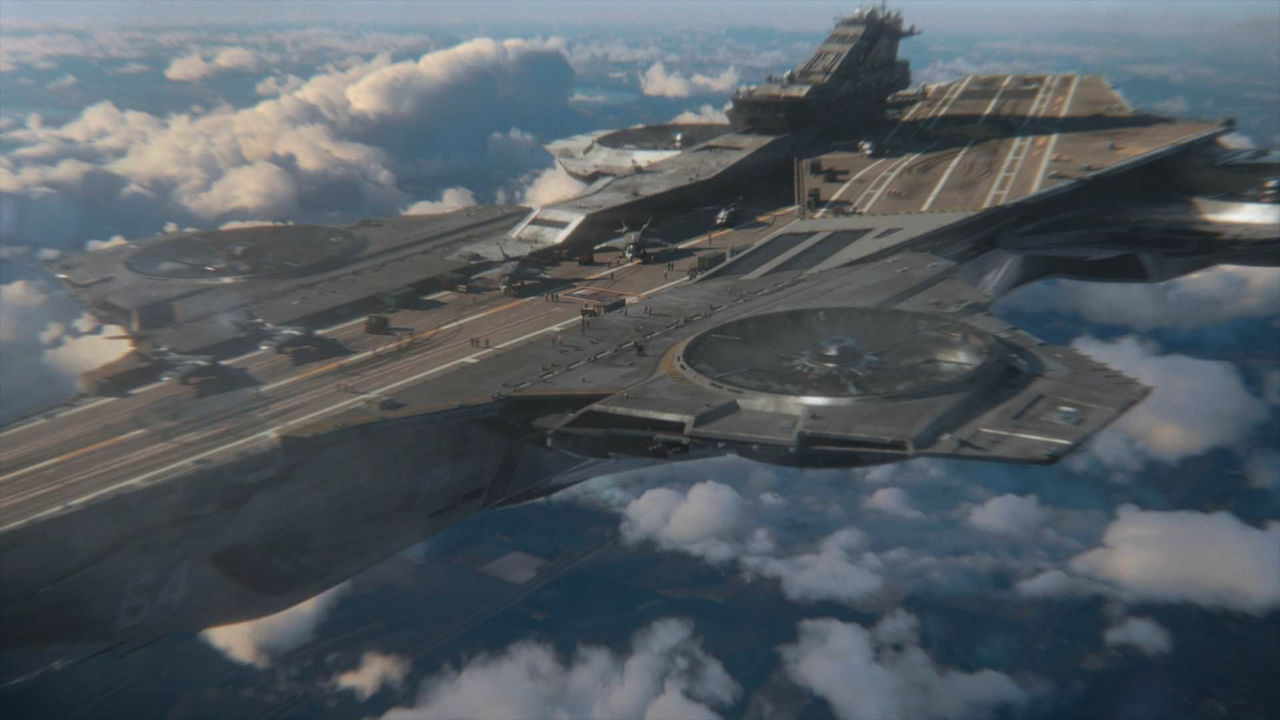
Posted on 09/10/2020 2:07:16 PM PDT by Retain Mike
A number of Proceedings articles and commentaries in the past several years have advanced the idea of saving money and fulfilling the vision of “distributed maritime operations” by building a fleet of more, smaller, lighter ships. For aircraft carriers, that argument tends to take the shape of more “Lightning carriers”—based on the hull form of amphibious assault ships such as the USS America (LHA-6) class—and fewer nuclear-powered carriers of the Nimitz (CVN-68) and Gerald R. Ford (CVN-78) classes.
While LHAs are cheaper to build than CVNs ($3 billion vs. $10 or more billion), the argument misses several key principles that allow CVNs to pack a lot more punch (orders of magnitude more, in fact) and deliver it more economically—and more combat effectively—than the smaller flattops.
(Excerpt) Read more at usni.org ...
I was a bit surprised he did not mention the space saved by not needing bunkers for Diesel fuel.
The bigger they are then the easier they are to hit. And they can’t even keep one in port from burning to a crisp.
I personally believe that these ships will be the first to go in a major war.
Can a smaller ship provide the same force projection and operations as a larger Carrier? My gut says no.
If laser point defenses can be perfected, CVNs might survive - they have enough power keep up firing.
But fight now they are huge targets - and single points of failure. Mission kill a carrier and the rest of the task group loses reason for being.
The one that burned was the smaller, "amphibious" carrier variety mentioned in the article. The descendant of WWII escort carriers or "jeep carriers".

I believe the U.S.S. Enterprise was the only big carrier that survived the entire war.
Agreed. I served on carriers during the Cold War. Very big targets, everyone on board realized if a serious shootin’ war ever broke out we’d last about 5 minutes. Whatever got us wouldn’t survive either, OTOH a sub or plane is a worthwhile tradeoff for a flat top.
That is always the argument, and in a major confrontation with a real adversary, like Russia or China, losses will accrue on both sides very quickly. But for the last 75 years, the carrier has delivered the capability needed around the world, almost anytime any day. And we have yet to lose one, so weighing all that many years of power projection, capability, and national strength against the worst case scenario of total war, you have to say we have gotten our monies worth.
Dont assume that just because some of our assets are also big targets that we dont have other assets that minimize the risks and can still pack a punch.
I agree. In a full out and out war, not like the turkey shoot in the Mid East, they wont last long.
The USA found that out in WW2 in the initial stages of that war. And Japan found that out for the entire war. They were primary targets, and we all know the results.
The last modern type conflict-the Falklands, we got to see what Air to surface missiles can do to ships.
Can we build one big enough to tow Guam around?
We need advance laser practical bean air defense .
Also airborne offensive/defensive laser capability .
Space based , individual human targetable, laser weapons systems .
Call it G.O.D. :global opponent destroyer
particle beam
Yeah, that mission kill is always ignored by the CVN supporters. Flight decks, like runways, are an easy target.
No need to sink the thing, just stop flight operations and it is a floating scrap yard.
Uss Hancock survived
If you keep in mind the argument that future generation “planes” will most likely be drones smaller makes sense.
The Essex Class was larger than the Yorktown class and there were 14 that served in WWII. They were smaller than the Lexington class (Lex and Saratoga) but those two ships were built on converted cruiser hulls and were not purpose built carriers from the keel up.
I believe the U.S.S. Enterprise was the only big carrier that survived the entire war.
All of the Essex class carriers survived the war. The USS Saratoga survived the war and was later sunk during the bikini atomic tests..
Ask the Japanese about that in WW2. All eggs in few baskets
The US Navy has a proud tradition and record. Yet its senior officers have been hidebound in tradition. The best example are the “Battleship Admirals” who would not or could not accept the primacy of air power in coming wars. Many brave young American sailors died in WW II when the Navy had inadequate numbers of aircraft carriers in the initial stages of the Pacific war’
Today those battleship Admirals still hold power. They are living in an era of advanced technology. Ship locations can be pinpointed and targeted from space, drones and stealthy aircraft. Ships can be attacked by stealthy missiles, air craft and drones as small as seagulls. The people controlling these largely unmanned lethal weapons will be unseen, far from the battle in a secure bunker. Face it. Editors may be afraid to print the truth but the era of surface combatants is over. Cannot see how an Admiral could send 15-20000 Sailors and 5-10,000 Marines into harms way on surface ships and sleep well. Time for the Navy to make a major reassessment.
Disclaimer: Opinions posted on Free Republic are those of the individual posters and do not necessarily represent the opinion of Free Republic or its management. All materials posted herein are protected by copyright law and the exemption for fair use of copyrighted works.